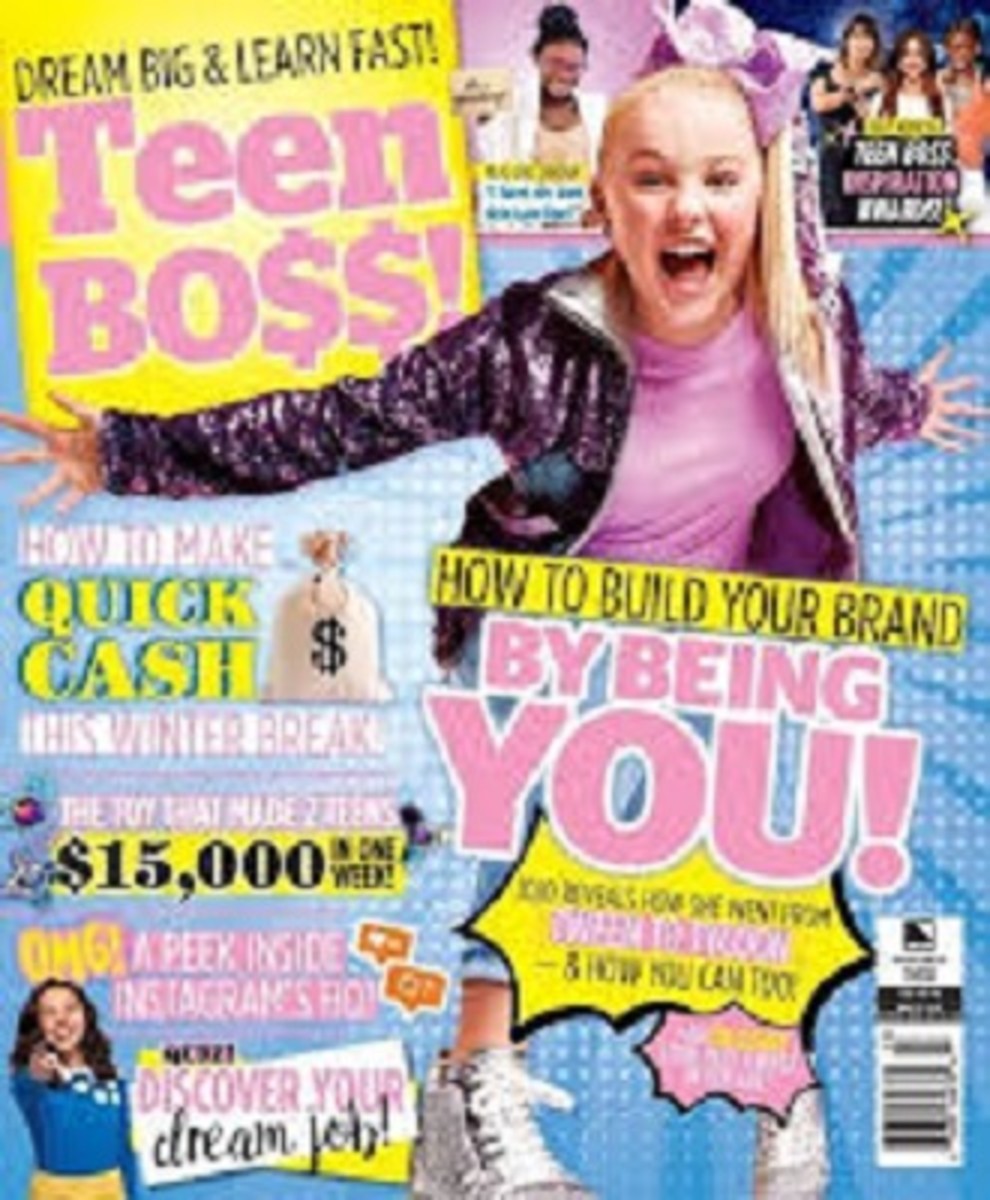Tips on Teaching a Creative, Dynamic, Challenging and Rewarding Course in any Subject
Copyright 2009 www.merumountainyoga.com
Congratulations!! You have spent the first arc of your career developing concrete marketable skills and have become really good at what it is that you do. People are starting to ask you to teach courses in public or private institutions to share your expertise with others. Or perhaps you are ready to launch out on your own as a consultant, and offer your own course in workshop format to less experienced professionals in your field.
Yikes!! How do I walk in front of the class and be effective as a teacher? I know what to do, but can I teach them??
Yes, you can!
1. Create a simple but apparent structure with clear goals.
a). In 12 week-course, plan 10-12 topics and space to develop a new topic from student interests or to spend more than one week on a topic. Make one topic the theme for each week.
b). In a 3-hour class, use a format for time management so the students can recognize different parts to the class and you can evaluate them on different skills.
For example, a design class might work like this:
i. Lesson Segment 1:15 minutes Warm-up/Review. This part should be short activity where students talk to each other in small groups or a task where they circulate through the class like a "cocktail party" getting information from each other and then moving on to talk to someone else. In groups of 2, 3 or 4 they discuss the HW assignment from last week, which may have been, in a Design Essentials 101 Course, "During the next week notice 3 ways you can see this design elelment/idea/topic applied in X (advertising, real life, office design, furniture design, landscape or streetscape design, public atrium/lobby design, small object of daily life design, etc). Bring realia or take pictures in jpg format and email them to me. All submissions may be used in further versions of this course."
Evaluation 1: Once a month you can use this lesson segment as a written assignment or quiz, or as a small group or individual 10 minute oral presentation.
ii. Lesson Segment 2: 30-45 minutes New Lesson Material. In the large group, introduce your new material/lesson/topic/theme. This might include your Power Point presentation, a reading from a text, a video clip, looking at examples that illustrate your concept, and so on.
iii. Lesson Segment 3: 50-60 minutes Learning Activity based on new material. Jigsaw activities are great for this, or other small student group activities.
Jigsaw activity works like this: Have prepared (preferably handed out last week so students have been assigned to prepare them for homework) 4-6 (number varies depending on size of class) slides/pictures/ chapter or paragraph readings/ real life buildings from a field trip assignment. These are related to your theme/weekly topic. In groups of 3-4 ("expert group") the students spend 25-35 minutes answering questions about their assignment and becoming experts on that one part of the lesson material. Questions can be simple, such as :
1. What makes this design a good example of X element?
2. What weaknesses can you see in this design? How would you improve it?.
Then for 20-25 minutes move the students to jigsaw groups with a representative from each expert group in each jigsaw group. They teach each other the key ideas from their part.
So expert groups AAAA, BBBB, CCCC, and DDDD become jigsaw groups ABCD.
Evaluation 2: Circulate and listen to and watch the groups, helping them, focusing them, guiding them as needed. Keep notes and evaluate informally (6/10?/9/10?). Evaluate some or all of them every class to add it up at the end.
Finally for the last 5-10 minutes as time and interest allows, bring the whole class together and sum up key points they came up with. Add your own that they might have missed. Summarize the class discussion on an overhead projector film, photocopy it if you like and hand it out and keep a copy for your records.
iv. Lesson Segment 4: 40-50 minutes Individual or Small Group Student Presentations as major Final Project. Prepare a task sheet with your criteria and a description of what students need to do, and how you will evaluate. This can count for 40-50 % of the final grade. Assign an oral component (presentation) and a written component (essay/report/sales piece/ brochure/ company analysis/ market overview,etc).
Prepare a sign-up sheet with date, topic and student name, then week by week each student/group is responsible for preparing that segment of the class.
Evaluation 3. This is a formal evaluation and may be in place of or in addition to a final exam, depending on your approach and your discipline.
v. Lesson Segment 5: 10-15 minutes wrap-up activity This could be a game, or have students tell each other in pairs 2 things they learned from tonight's class. Explain the homework. Conclude.
2. Minimize "Teacher Talk." Lectures are boring and students don't learn. Assign research topics to each student or pair of students and have them prepare lectures or presentations to teach the material to their peers. Then you as teacher can fill in the gaps with follow-up readings or assignments.
3. Maximize peer teaching and small group activity. This creates practice opportunities for presentation skills, which are key in almost every work situation and industry. This also creates evaluation opportunities for the teacher to observe and record performance, as well as to step back and notice what interests students and what strengths they have, to find ways to integrate their interests and strengths into the course. This also lets ESL students, who are ubiquitous in every field, workplace, and group in North America today, and the shy ones to feel more comfortable talking and participating, stimulating each others' ideas. Pairs, 3's and 4' work best. Sometimes the silent students have the best ideas.
4. Make the students work outside of class. Assign readings and new teaching materials for next class the week before as homework. That way students prepare the whole body of work, and you surprise them with their "expert group" assignment/ or quiz.
5. Evaluate informally and formally. Integrate speaking, reading, listening and writing skills into each class. As much as possible include learning materials and activities that accommodate various learning styles--visual, auditory, experiential/hands-on. Incorporate videos, Power Point slides, audio experiences -- talks, short lectures, tapes, etc--, interviews, textbook/article readings, field trips and research assignments.
Sample Evaluation Roster:
3-4 quizzes (10% each)…………………………30-40%
1 final project (20-25% oral, 20-25 % written)... 40-50 %
Participation and attendance…………………….10%
Homework………………………………………10 %
Samples attached:
These models may help you design your own to fit your discipline.
Course Outline
Task Sheet
Oral Presentation Evaluation Sheet
Written Presentation Evaluation Sheet
Enjoy your students and learn from them.
See the course as a curriculum-under-construction. Every time you teach it, you can make it better. Deliver, evaluate, revise, re-deliver, re-evaluate, revise.








